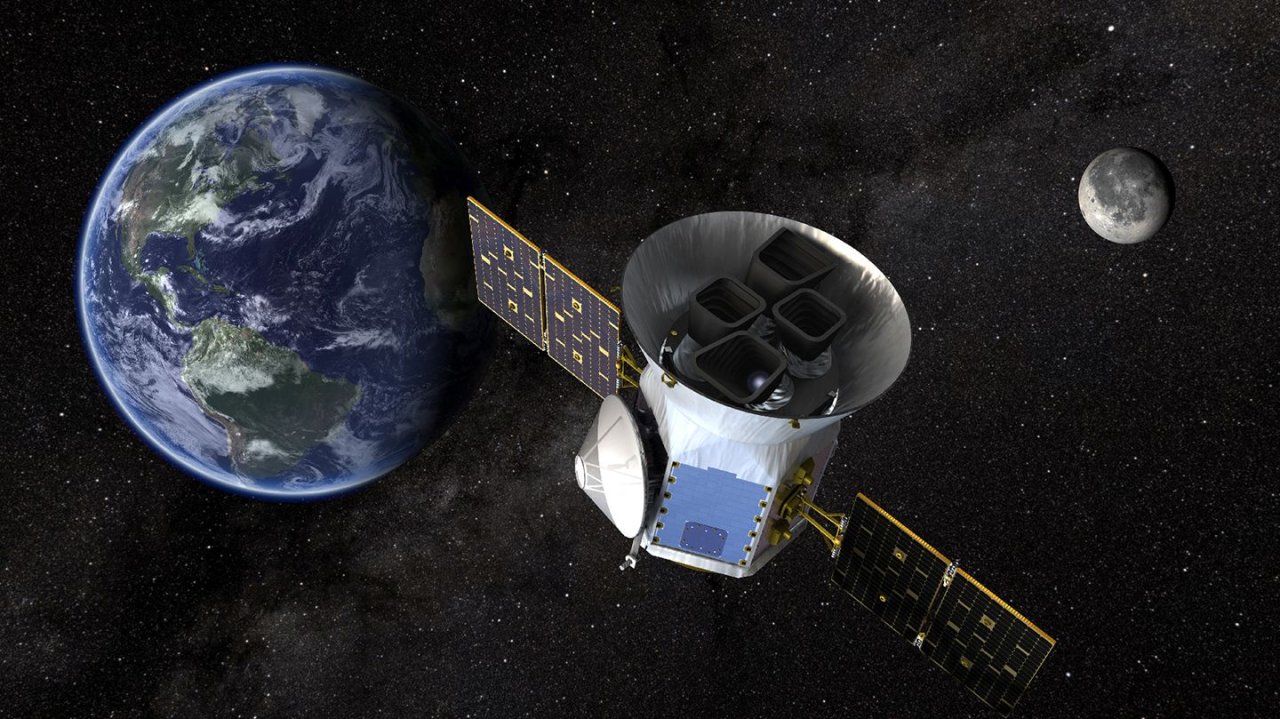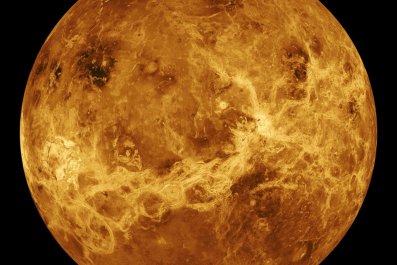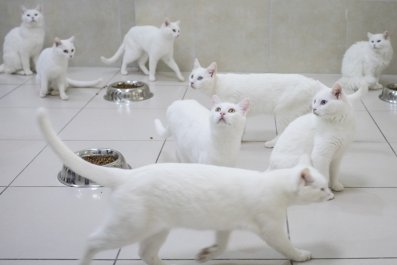The excitement among those gathered for the launch of TESS, NASA's latest sky watcher, on April 18 was understandable. Equipped with four telescopes, the satellite will orbit for two years, taking pictures of more than 200,000 stars, dozens within 10 light-years of Earth. Sara Seager, deputy director of science for the mission, watched with her family from Cape Canaveral that day, knowing exactly what was at stake. "It is fair to say that TESS will be finding a whole bunch of planets in the habitable zone," she says. In plain English: We might just find a planet hosting life by 2020.
TESS stands for Transiting Exoplanet Survey Satellite, and its mission is to identify planets orbiting the brightest stars in our neighborhood of the universe. When the orbit of a planet takes it between its sun and TESS's cameras, the light from the star is temporarily dimmed, like an airplane blocking a bit of sunlight as it flies past. Back on Earth, astronomers reading TESS's data know that those minor fluctuations signal the presence of a planet. They can then direct more powerful instruments—the Hubble Space Telescope and the James Webb Space Telescope, which will launch in 2020—for a closer look. "TESS," says Paul Hertz, director of astrophysics at NASA, "takes us from knowing there are exoplanets to studying them."
The mission won't catch every planet. Those with orbits that are either longer than a month or not angled just right won't dim their stars for the cameras. But if there is intelligent life—or any life—living nearby, this mission will likely to find it. "We'll know about their planets, that's for sure," says Hertz.
Astronomers have a potentially habitable checklist. "We want to find small, rocky planets," says Seager, "in a star's Goldilocks zone." That zone is exactly what it sounds like: not too large and not too small, and not too close or too far from its sun. Planet-hunters like Seager are particularly interested in those that are two or three times the size of Earth, called super-Earths. These might be water worlds, with half or more of their mass composed of water, or they might be rocky worlds with puffy atmospheres made of hydrogen instead of carbon dioxide and nitrogen. As Seager, who has pioneered a method for studying distant planetary atmospheres, points out, our concept of what makes a planet, based on our Earthly reference, could be the exception rather than the rule. "We don't have a simplistic story," she says, "for what could be the most common type of planet in our galaxy."
To date, astronomers know about 3,472 exoplanets, 42 in the Goldilocks zone. Seager, Hertz and many other astronomers hope that TESS will expand that last number. For the moment, though, they will have to wait at least three months for TESS's first communication. But they are hopeful. "I predict TESS will be quite significant [finding] the planets we will study over the next decade," says Hertz.



















